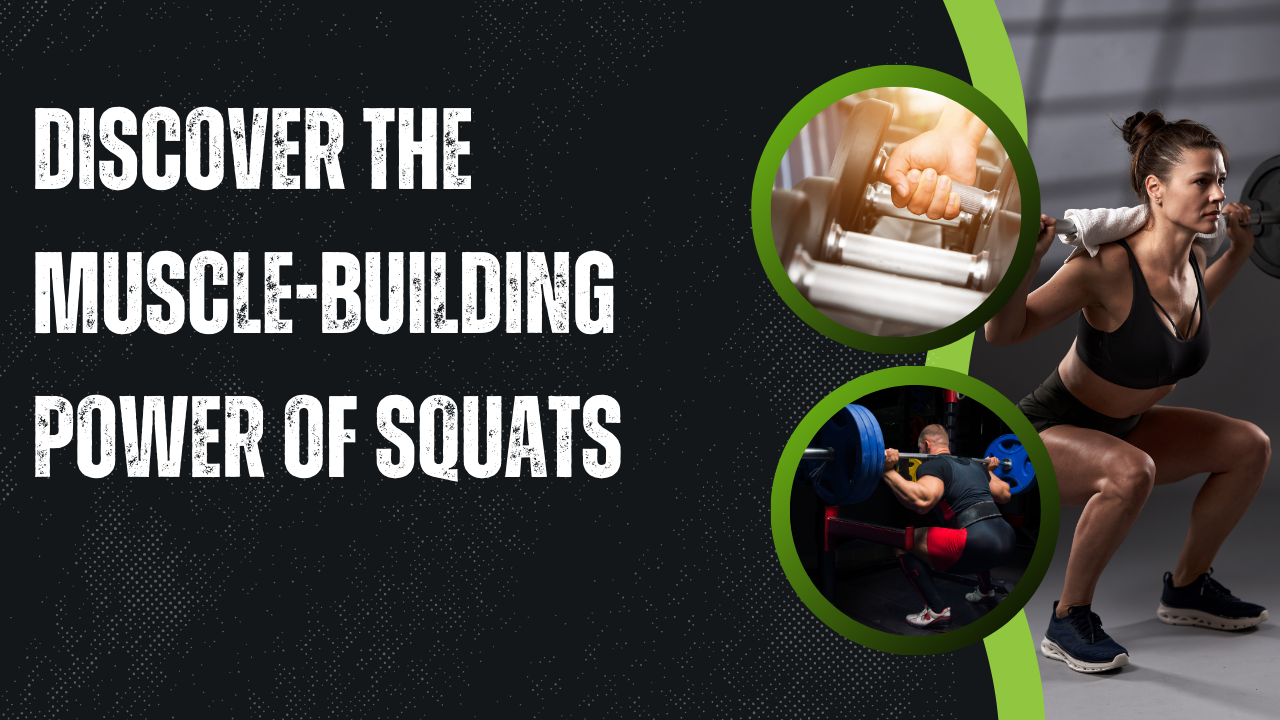Introduction
In the realm of fitness, High-Intensity Interval Training (HIIT) has emerged as a powerhouse, hailed for its efficiency and effectiveness in achieving various fitness goals. Whether you’re aiming to torch fat, boost cardiovascular health, or enhance overall endurance, a well-designed HIIT routine can be your secret weapon. But how do you create an effective HIIT regimen that maximizes results while minimizing time investment? Let’s dive in.
Understanding the Essence of HIIT
HIIT revolves around short bursts of intense exercise followed by brief periods of rest or low-intensity activity. The beauty lies in its versatility – you can adapt HIIT to suit your fitness level, preferences, and goals. By pushing your body to its limits during intense intervals and allowing it to recover briefly before repeating, you engage both aerobic and anaerobic systems, leading to significant improvements in cardiovascular health, endurance, and calorie burn.
Key Components of an Effective HIIT Routine
- Goal Setting: Determine your fitness objectives – whether it’s fat loss, muscle gain, or overall conditioning. Your goals will influence factors like exercise selection, intensity, and duration.
- Exercise Selection: Choose exercises that target multiple muscle groups and allow for high-intensity effort. Common choices include burpees, squat jumps, mountain climbers, and sprinting.
- Work-to-Rest Ratio: The ratio of work to rest is crucial in HIIT. A classic approach is 1:1, with equal durations of high-intensity exercise and rest periods. Experiment with ratios like 2:1 or 1:2 to adjust intensity based on your fitness level and goals.
- Intensity: Push yourself to your limit during the work intervals, aiming for around 80-95% of your maximum heart rate. This intensity ensures that you’re challenging your body enough to stimulate adaptations.
- Duration: HIIT sessions are typically shorter than traditional cardio workouts due to their high intensity. Aim for 20-30 minutes per session, including warm-up and cool-down.
- Progression: As your fitness improves, gradually increase the intensity or duration of your intervals to continue challenging your body and avoiding plateaus.
- Variety: Keep your routine fresh and prevent boredom by incorporating a variety of exercises and interval structures. Experiment with different movements, timings, and equipment to keep your body guessing.
Sample HIIT Routine
Here’s a basic HIIT routine to get you started:
- Warm-up: 5 minutes of dynamic stretches and light cardio (e.g., jogging in place, arm circles).
- Work Interval: 30 seconds of burpees
- Rest Interval: 30 seconds of walking or light jogging in place
- Work Interval: 30 seconds of squat jumps
- Rest Interval: 30 seconds of walking or light jogging in place
- Repeat this cycle for a total of 10 rounds.
- Cool-down: 5 minutes of static stretching for major muscle groups.
Conclusion
Designing an effective HIIT routine requires thoughtful consideration of your goals, fitness level, and preferences. By incorporating elements like appropriate exercise selection, work-to-rest ratios, intensity, and progression, you can create a regimen that delivers maximum results in minimal time. Remember to listen to your body, prioritize proper form, and gradually increase the intensity as you progress. With dedication and consistency, HIIT can be a game-changer in your fitness journey, helping you unlock your full potential and achieve your goals.
Ready to jumpstart your fitness journey with high-intensity, empowering workouts? Let Persistence Athletics be your partner in achieving your fitness aspirations! For expert guidance, scalable workouts, and a supportive community, contact us at Persistence Athletics or call 559-676-9242.




